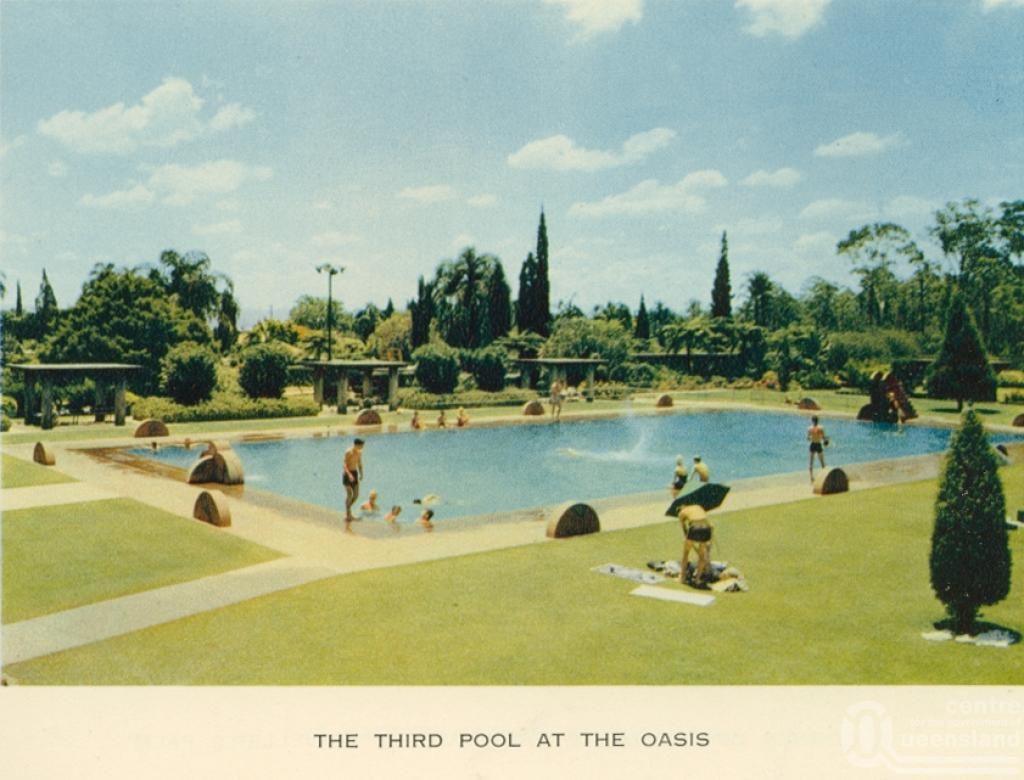Sunnybank is a Brisbane suburb 12km south of the city centre. The changing face of Sunnybank provides one of the city's most interesting localities.
Prior to European settlement, the Jagera people inhabited the Sunnybank area for more than 20,000 years. Lagoons in Runcorn were likely a source of food.
Early settlers were drawn to the district for its loamy soil which was ideal for farming fruit, vegetables and sugar cane. The name Sunnybank first appeared about 1862. Farmer Simon Gillespie named his farm Sunnybrae (marking the place to catch the day's first sun), using the Scottish word for bank. When the railway was extended from Yeerongpilly in 1885, the station took the name Sunnybank.
In 1886 the town was surveyed and it was named Sunnybank. A post office opened in 1892. In 1917, it was proposed as a suburb for returning World War I veterans. An estate was established north of the railway station and the population leapt from 141 in 1911 to more than 650 in 1921.
Farming remained predominant, but tourism became a drawcard when the Oasis Tourist Gardens opened in Station Road in 1938, with three swimming pools, kiosk, gardens and a mini zoo.
In 1959 Sunnybank State School opened with 200 students and just three years later had 500. A state high school followed in 1963 and as the population ballooned in the early 1970s, the last vestiges of farming gave way to housing.
The Sunnybank Hotel and Market Square shopping centre were later followed by Sunnybank Plaza, creating a shopping hub at the corner of Mains Road and McCullough Street.
During the 1980s, Asian families began moving to the area in greater numbers – some claim attracted by the area's good feng shui - and changed the face of the suburb.
Sunnybank is now a thriving multicultural melting pot and boasts one of the nation's highest concentrations of Asian-Australians. With its mix of restaurants, supermarkets and businesses it has largely overtaken the Valley as Brisbane's preferred Chinatown.
This information comes from a newspaper article published in the Courier Mail July 23, 2011.
For more information and photos go to www.queenslandplaces.com.au/sunnybank.
Local history information is also located in Sunnybank Hills Brisbane City Council Library.


